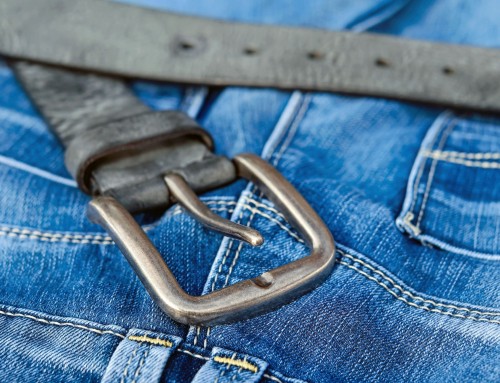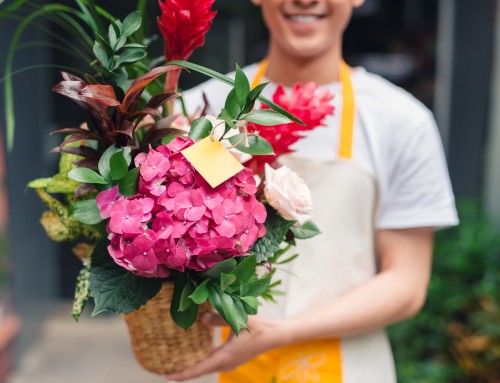Running is a great way to stay healthy but it can also do severe damage to your body.
You love to run but are getting sick of the aches and pains from all the miles. It’s not fair that doing something so healthy can hurt you too! Don’t throw in the towel yet, there’s an easy solution to preventing running injuries.
It’s all about the shoes. What you put on your feet can have a huge impact on how healthy your body will remain. You need to figure out the right running shoes for you.
It’s hard enough getting up a steep hill when you’re not injured. A steep hill and shin splints mean you’re probably not getting to that top. Give yourself the best foot forward with new running shoes.
Wearing the wrong shoes won’t just make your workout more uncomfortable, it can also cause injury. Here are ten tips on how to choose running shoes.
1. Get A Shoe Designed For Running
You’re not walking down the runway, you’re going for a run! Functionality should always take place over fashion when it comes to running shoes. They may not always be the coolest looking kicks, but they are the ones you need.
Running shoes have specific design elements made uniquely for runners. You need the support and technology put into them to help prevent injury.
2. …That’s Also Designed For How You Run
More important than getting a running shoe is getting the right running shoe for how you run. Are you a jogger or a marathoner? How long and how fast you run has a large impact on what running shoe you should wear.
The more mileage you do the more support you’ll need in your shoe. If you’re just going out for a brisk mile a day you won’t need as much cushion.
Your body type also plays a part in this decision. Bigger bodies need more support when they pound the pavement. Slim long distance runners can enjoy the weightlessness of lightweight shoes.
Another great way to enhance your running shoe is to try using orthotics. These insoles will give runners of all sizes the extra support they need.
3. Get Your Gait Analyzed
If you’re still hung up on what shoe is right for you its time to get your gait analyzed. Most clerks at specialty running stores are trained to do this in store.
It’s easy! All you have to do is jog across the length of the space. The gait analyzer with monitor the length and cadence of your stride.
The results of this analysis will have a big factor on what shoes you need.
4. Mo Money, Less Problems
Running shoes are something you don’t want to skimp on. The more expensive the shoe the better the comfort technology will be. Cheap shoes will only get you injured.
However, you can pay too much. Shoes over $150 usually have a lot of bells and whistles the average runner doesn’t need.
Take care of your feet and buy a shoe within the $100 to $140 range.
5. It’s All About The Fit
Running shoes are not something you want to have to “grow into”. They should fit perfectly right out of the store.
There may be an initial breaking in period. But if your shoes don’t fit well in the long run, you’ll eventually be injured.
You know how badly a blister can hold you back. Ill-fitting shoes can also result in a changing of your stride which can also lead to more serious injuries.
6. Shop In The Afternoon
Your feet aren’t always the same size. They natural swell as you put pressure on them during the day. They also lengthen when you run.
To ensure you’re trying on shoes when your feet are their biggest you should shop in the afternoon. After being on your feet all day you’ll know your shoes will still fit you well during a long run.
7. Take Your Shoes Out For A Test Drive
You wouldn’t buy a car without test driving it so why would you buy shoes without running in them first? More then likely you won’t be able to take the new shoes out of the store before buying them. But they can’t stop you from doing a light jog around the place.
You might feel a little silly running around inside but this is very important. There’s nothing worse than being out on your first run with a new pair of shoes and you realize they aren’t comfortable.
Figure that out before you leave the store by giving the shoes an indoor test run.
8. Consider Your Safety
One key design element you may want to spend special attention to is the shoe’s reflectors.
Do you run in the early morning or late at night after the sun goes down? If so reflectors on your shoes are an important way to stay safe.
Running in the dark is only okay if you are making yourself visible to drivers. With reflectors on your shoes you can safely share the road with traffic.
9. Shoes Should Bend So You Won’t Break
Though the store clerk might not like this, you have to bend and twist your new shoes before you buy them. Your running shoe should not be flimsy but it should have some give.
Make sure the shoe doesn’t bend in the arch but it does behind the toe. Your shoe should also not easily be able to be twisted in the middle.
Don’t be afraid to play with your shoes before you buy them!
10. Socks Matter Too
Socks are almost just an important as your shoes. Ill-fitting socks cause blisters. Wet socks can cause foot fungus.
Get some tight fitting moisture wick material socks to keep your feet happy!
Now You Know How To Choose Running Shoes
Knowing how to choose running shoes is half the battle. Now that you’ve got the right pair it’s time to get out there and crank up the mileage.
With the right shoes you’ll be able to run longer than ever! For other great lifestyle articles check out this link.











